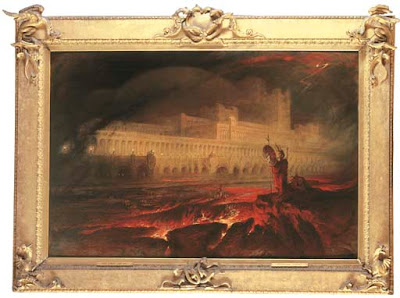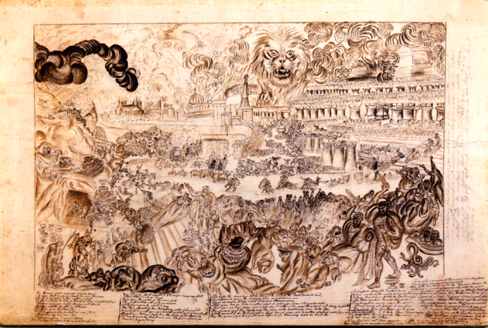Yesterday I headed up to London for the day, and managed to get back before the snow got heavy. Thanks to someone else being unable to go, I was able to snag a free ticket to a workshop being run by Write Queer London as part of LGBT History Month.
The main thing of interest to me was the historical talk on LGBT people in the 1950s. The obvious lesson from it was that tabloid newspapers have always been scum. Also, people believe the strangest things. Alongside the usual scare stories about the corruption of youth, the tabloids ran “queers under the bed” stories. How can you tell if someone you know might be a secret queer? Some of them look just like humans. It might even be your wife/husband.
The theory was that guys going to the pub together, or women having afternoon tea together, might in fact be having secret homosexual orgies. And this led to a truly wonderful headline: “The vicar drank cups of tea in secret”.
The vicar in question was trying to divorce his wife on suspicion of her being a secret lesbian. The court was told that she called her women friends “darling” and sometimes hugged them and kissed them on the lips. This was highly suspicious. But the vicar’s main beef with his wife appears to be that she nagged him mercilessly about his habit of having tea and biscuits before giving sermons. Apparently she was very High Church and regarded this as deeply inappropriate. So the poor vicar had to drink his tea in secret. Dreadful.
If you are able to get to London in the evening you might like to check out Wednesday’s talk in which Robert Mills will be addressing the issue of “Discipline and Desire in the Medieval Cloister”. That sounds fascinating.
The workshop took place in the Geffrye Museum in London, which I think is in Shoreditch, but Gideon & Jen may take me to task for my lack of understanding of London geography. It is a fascinating place. The museum is built inside a terrace of old alms houses. The interior walls have all partially knocked down, and a corridor opened up along the front of the building. So you walk along with front walls and doors on one side, and a sequence of rooms on the other. Each room is furnished from a different historical period. Much of it is hideous, but some of the earlier furnishings would be quite nice if you could add cushions.
The Geffrye is essentially a museum of middle class life, which makes it very British. Of course most of the visitors will be middle class too, and doubtless most of them disapprove of the majority of the decor in some way, just like I did, that being a very middle class thing to do. I should note, however, that they have a few very retro futurist pieces that were, of course, futurist at the time. This was my favorite piece.
 You can read more about it here.
You can read more about it here.






